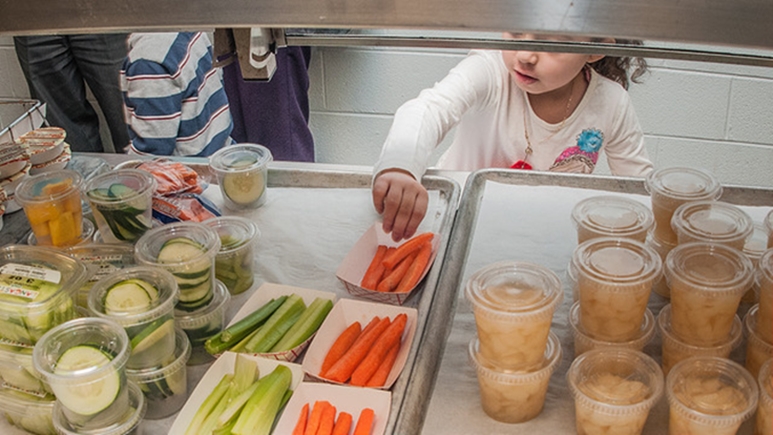
It was late 2018, when the Slovak government approved the free lunch program for all children attending elementary schools. The supporting argument was that this measure is outreaching to poor kids who had not been targeted by previous lunch subsidies.
Currently, approximately 60 thousand children receive free lunches. However, the number of poor kids who deserve a free lunch is twice that high. From this perspective, we bought a free lunch for additional half of poor children for EUR 117 million. Is this the best way to help the children who suffer poverty?
In order to answer this, we have to examine how we were helping them untill now: They had entitlements for free lunch and subsidies for educational tools. These two policies comprised for EUR 8 million plus 2 million, respectively.
Apart from this measure, there has been an allowance for students coming from socially disadvantaged environment, which elementary schools can utilize for material (educational tools, textbooks) and non-material (teachers’ assistant’s salary, social pedagogues) purposes. Annually, EUR 7 million is appropriated for this policy.
Furthermore, three- and four-year-old children have been entitled to attend a kindergarten without paying any fee. And that’s it. The Slovak state provides a total of EUR 17 million to improve the situation of the poorest children.
Now, let’s compare the existing aid with the newly approved free lunches for all. Until now, one free lunch cost 70 cents. Under this new free-lunch-for-all scheme, one lunch for poor kid is EUR 4.90. Seven times more! It is extremely inefficient to help the additional half of poor kids via free-lunch-for-all scheme.
The government will spend lots of money for free lunches in regions with 3-4% unemployment rate where this kind of aid is unnecessary. Less money will be left for those who are really poor. And we are talking about a big amount of money here.
Try to imagine that instead of this free lunch for all, we double the meal subsidy for poor (in addition, we also pay for breakfast and some snack in the afternoon). Plus, we add the expenditures for the second half of the poor kids which are not represented by the current system.
This measure would cost additional EUR 24 million. Out of planned EUR 117 million, more than EUR 90 million could be spared. Indeed, this would mean enough resources for finding the ways how to identify and distribute the free lunches to all who are in need.
Even if this way of targeting cost EUR 5 million, we still would be able to increase the allowance to EUR 3 per day for poor and EUR 48 million could be spared.
There are plenty ways how to use this spare money, e.g. providing pre-school education for those in need, showing them the possibilities outside their cultural bubble.
Moreover, there are many non-profit organizations in Slovakia with experience and achievements in helping poor kids and securing a better future for them. Insufficient financial resources pose a significant obstacle in spreading the good practices.
Imagine you’re a teenager from a disadvantaged social environment, but with the knowledge of a common middle-class working adult. Would you prefer a free lunch, or getting in touch with a non-profit that could actually help you get out of the social trap?
Translated by Veronika Fajbíková























